Prince Shōtoku, who appears on the 10,000 yen bill, has a multitude of legendary episodes associated with him. From diplomatic missions to the Sui Dynasty and the establishment of the Twelve Level Cap and Rank System, to understanding the conversations of ten people simultaneously, being born in a stable like Jesus Christ, and having an uncertain cause of death, his life is full of various legends and episodes. This time, we will introduce some of these legends, episodes, and the mysterious cause of his death!
Who Was Prince Shōtoku?
First, let’s introduce who Prince Shōtoku was. Prince Shōtoku was born in 574 as the son of Emperor Yōmei. His real name was Umayado no Ōji (Prince of the Stable Door), and the name Prince Shōtoku was given posthumously. He was closely related to the Soga clan; his great-grandfather was Soga no Iname, and his great-uncle was Soga no Umako.
From a young age, Prince Shōtoku’s remarkable talents made him stand out, leading to his involvement in politics. During the Battle of Shigisen in 587, he sided with the Soga clan. While his actual combat achievements were minimal, he is said to have prayed for the Soga clan’s victory by carving statues of the Four Heavenly Kings. When Empress Suiko ascended the throne in 593, Prince Shōtoku was appointed regent and worked with Soga no Umako to build a centralized government centered around the emperor. His politics were radical, bringing significant changes to Japan’s political system under his governance. He passed away at the age of 48 in 622.
Thus, from a young age, Prince Shōtoku utilized his talents to shine on the political stage and implemented substantial reforms as regent, driving Japan forward.
Political Achievements of Prince Shōtoku
Next, let’s take a look at the political achievements accomplished by Prince Shōtoku. We will explore the events where Prince Shōtoku’s talents shone in Japanese politics.
Establishment of the Twelve Level Cap and Rank System

Prince Shōtoku introduced an innovative personnel policy known as the Twelve Level Cap and Rank System to Japan. This system classified bureaucratic ranks based on six moral values: Virtue, Humanity, Propriety, Faith, Justice, and Wisdom. Each of these values was further divided into two grades, “Greater” and “Lesser,” resulting in a total of twelve ranks. The distinctions between these ranks were made using colors and shades, although the exact details remain unclear.
The most notable feature of the Twelve Level Cap and Rank System was that it determined rank based on individual ability and virtue, rather than lineage or social status. This emphasis on ability and morality allowed for the recruitment of wiser and more capable individuals into the court.
Additionally, this system was influenced by the bureaucratic systems of ancient Korean kingdoms, particularly Baekje and Goguryeo. By incorporating advanced political systems from East Asia, Prince Shōtoku aimed to further refine the governance of Japan.
The introduction of the Twelve Level Cap and Rank System is considered a significant milestone in ancient Japanese politics, greatly influencing subsequent court personnel policies. Prince Shōtoku’s innovative approach strengthened Japan’s governance structure, laying the foundation for more effective political administration.
Establishment of the Seventeen-Article Constitution
The Seventeen-Article Constitution, introduced by Prince Shōtoku, was a set of moral guidelines for ancient Japan, distinct from the modern “Constitution of Japan.” It outlined the attitudes and behavioral norms expected of bureaucrats and nobles, rather than directly applying to the general populace.
The Seventeen-Article Constitution reflected teachings from Confucianism and Buddhism, establishing ethical standards for conduct in Japanese society and politics. The first article, “Harmony is to be valued,” emphasized the importance of cooperation and regarded harmony as the highest value within the community. The second article, “Respect the Three Treasures earnestly,” commanded deep respect for the Three Treasures of Buddhism (the Buddha, the Dharma, and the Sangha), encouraging officials to lead spiritually and ethically sound lives.
Furthermore, the third article, “When receiving the imperial commands, act respectfully,” called for loyal obedience to the emperor’s orders. This aimed to strengthen the central governance structure and establish absolute submission to the emperor’s leadership.
Dispatch of Envoys to the Sui Dynasty
Prince Shōtoku initiated the dispatch of envoys to the Sui Dynasty of China to establish equal diplomatic relations and introduce superior policies and culture to Japan. The first such mission took place in 607, with Ono no Imoko selected as the envoy.
The letter sent to Emperor Yang of Sui included the phrase, “From the Son of Heaven in the land where the sun rises to the Son of Heaven in the land where the sun sets,” which can be translated into modern language as “From the ruler of the land where the sun rises to the ruler of the land where the sun sets.” This phrase positioned Japan as an independent and sovereign nation, intending to engage with the Sui on equal terms. However, this expression angered Emperor Yang, who considered Japan to be inferior, making this episode well-known.
Upon returning to Japan, Ono no Imoko claimed that the response letter from Emperor Yang had been stolen by thieves. However, it is speculated that this was likely a lie by Ono no Imoko. He may have disposed of the response letter, fearing that it would embarrass Prince Shōtoku due to Emperor Yang’s anger expressed in the document.
Compilation of the “Kokki” and “Tennōki”
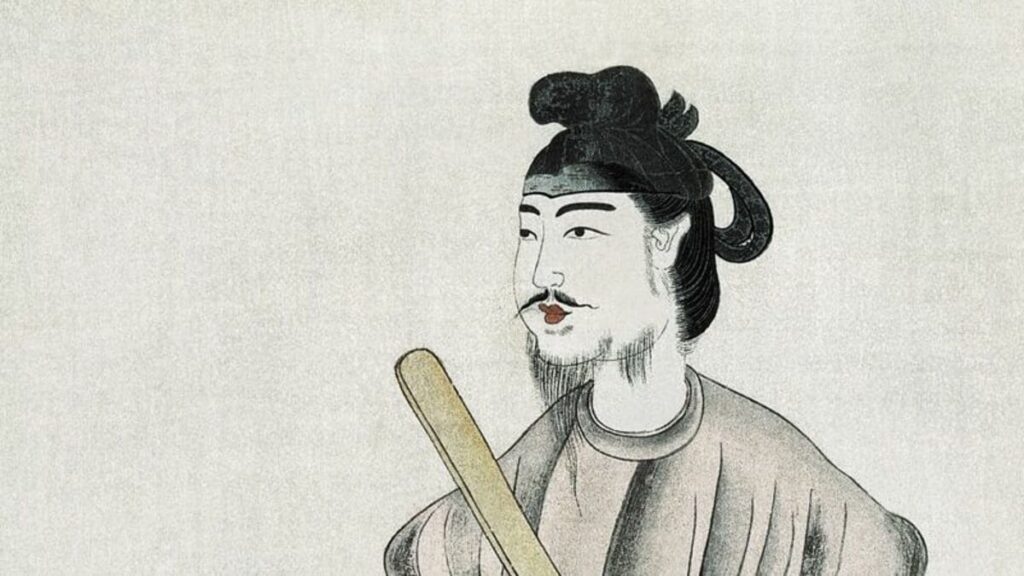
Prince Shōtoku is known as a figure who greatly influenced Japanese politics and culture. Among his achievements, the compilation of the “Kokki” (National Chronicles) and “Tennōki” (Imperial Chronicles) stands out as particularly significant. These documents, completed in 620, marked the beginning of Japan’s historical documentation.
In the context of diplomacy at the time, it was extremely important to prove the legitimacy of the nation and the authority of the emperor. Prince Shōtoku and Soga no Umako aimed to demonstrate Japan’s uniqueness and legitimacy both domestically and internationally through these documents. This effort was intended not only to gain diplomatic recognition but also to strengthen political unity within the country.
Efforts to Promote Buddhism
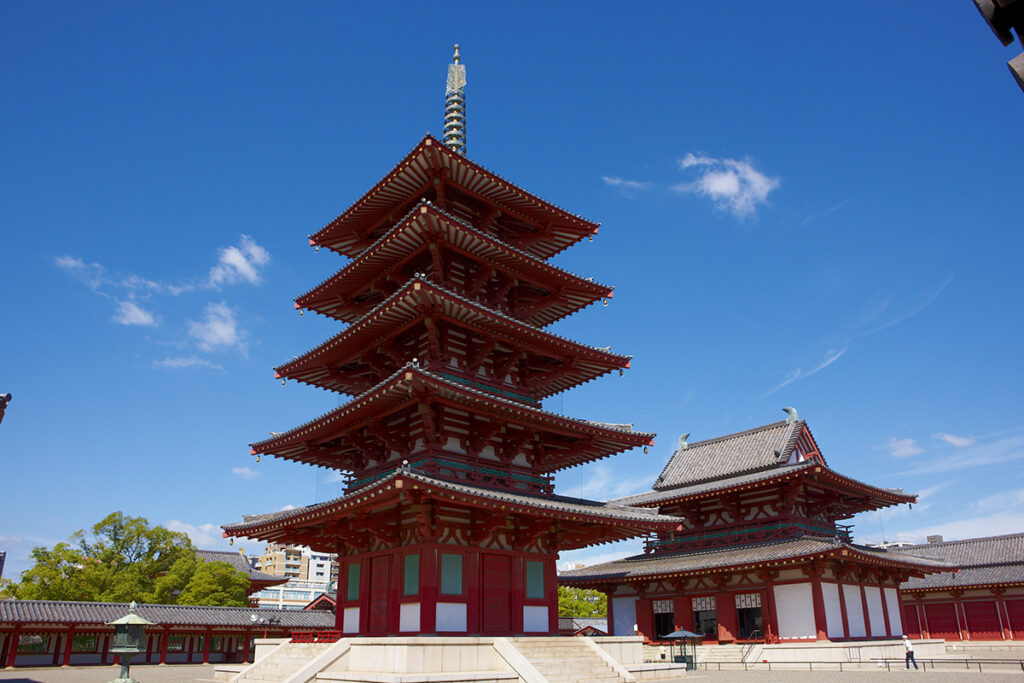
Prince Shōtoku is widely known for his efforts to promote Buddhism in ancient Japan. His initiatives spurred religious and cultural transformations in Japanese society at the time. Prince Shōtoku’s strategies for promoting Buddhism were primarily focused on the following three significant aspects.
Firstly, Prince Shōtoku advocated for the construction of large temples to spread the teachings of Buddhism. These temples functioned not only as places to learn and practice Buddhist teachings but also as spiritual centers for local communities. Examples include Asukadera and Shitennō-ji. These temples significantly influenced later periods, contributing to the development of Japanese temple architecture and Buddhist art.
Secondly, Prince Shōtoku established academic institutions to facilitate a deeper understanding of Buddhist teachings. These institutions were dedicated to the study and discussion of Buddhist scriptures, promoting the dissemination and deepening of Buddhist knowledge. This foundation allowed the teachings of Buddhism to reach not only monks but also the general populace.
Furthermore, Prince Shōtoku compiled the “Sangyō Gisho,” a commentary on Buddhist scriptures that provided clearer explanations of fundamental Buddhist doctrines. This text enabled the Japanese people of that time to access the profound teachings of Buddhism, thereby enhancing their understanding.
Legendary Episodes of Prince Shōtoku
Now, let’s move on to the legendary episodes of Prince Shōtoku. While his political achievements are well-known, there are also several famous episodes about him that are worth exploring in detail!
Understanding the Conversations of Ten People Simultaneously
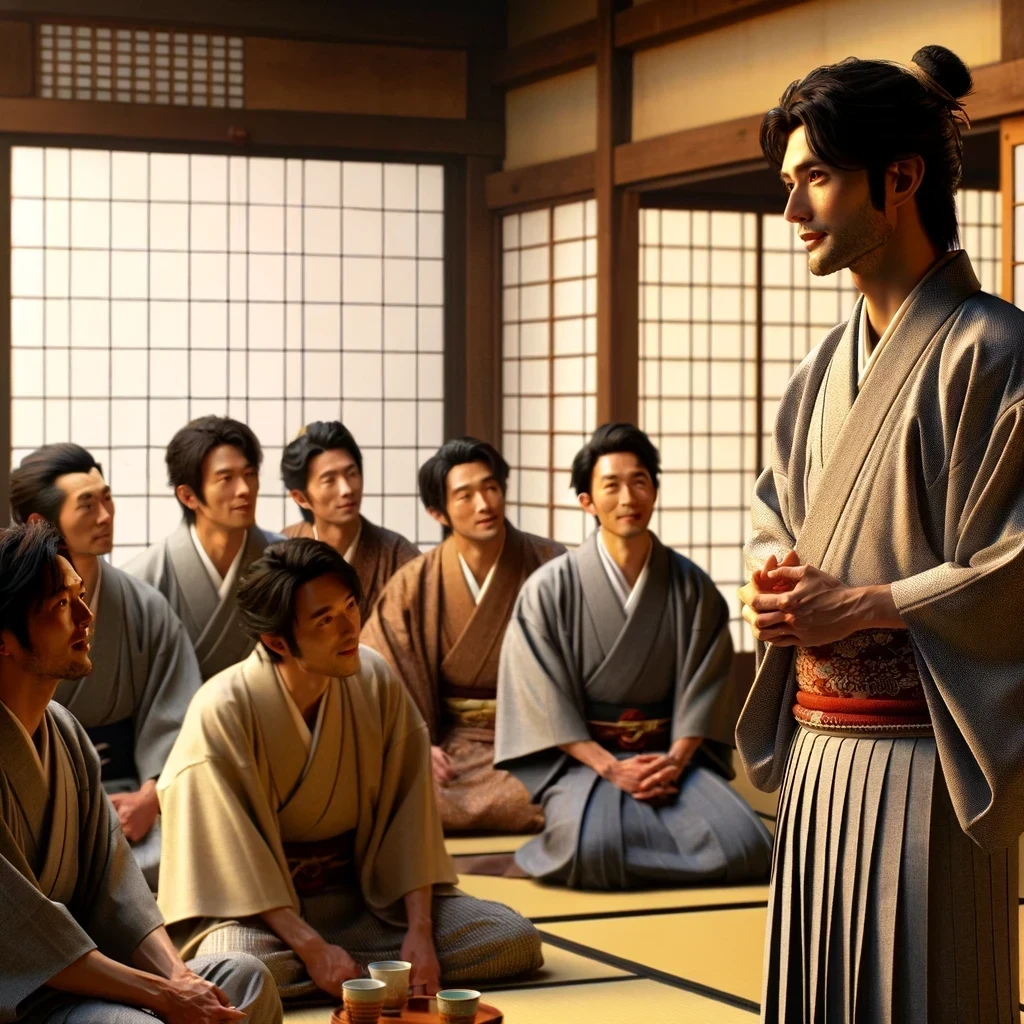
Among the many episodes, the most famous is the one about Prince Shōtoku’s astonishing ability to understand the conversations of ten people simultaneously. Once, Prince Shōtoku held an audience to hear the wishes and opinions of the people. During this occasion, it is said that ten people began speaking at the same time, but Prince Shōtoku accurately discerned each person’s words and provided appropriate responses.
This ability is documented in biographies of Prince Shōtoku, such as the “Jōgū Shōtoku Hōō Teisetsu,” which also records that he could understand the conversations of eight people at once. Such anecdotes highlight Prince Shōtoku’s extraordinary intelligence and his rare ability to process information from multiple sources simultaneously.
Born in a Stable
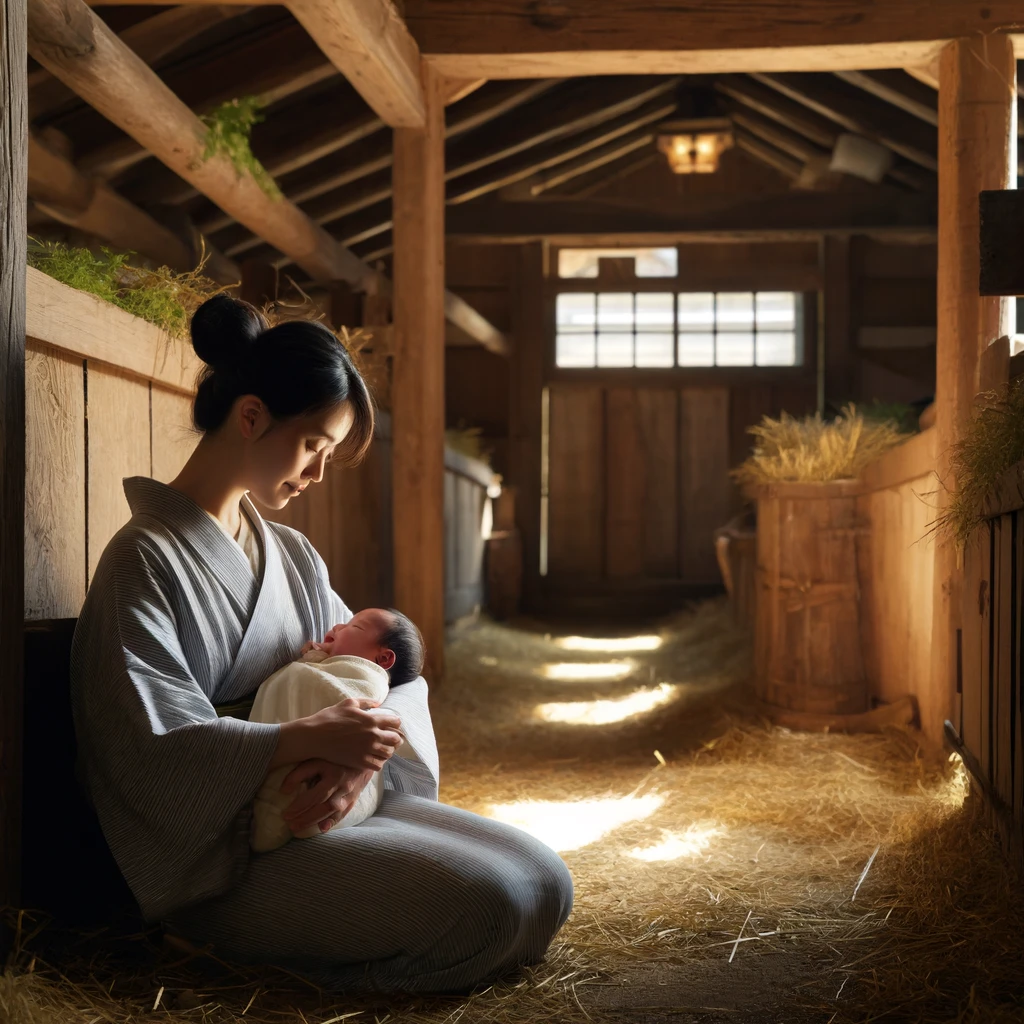
Did you know that Prince Shōtoku was born in a stable? Prince Shōtoku’s mother, Princess Anahobe, had a dream in which she saw a golden monk. This monk, considered an incarnation of the bodhisattva Kannon, entered her mouth, leading to her miraculous pregnancy. Following this supernatural event, Prince Shōtoku was born in a stable. His original name, Umayado no Ōji (Prince of the Stable Door), reflects this, as “umaya” means stable.
Some may find it interesting that the birth and birthplace of Prince Shōtoku closely resemble those of Jesus Christ. The birth of Jesus Christ was also foretold by a supernatural event. The angel Gabriel appeared to the Virgin Mary, announcing that she would conceive the Son of God. After this announcement, Jesus was born in a stable in Bethlehem during a journey.
It is intriguing to note that these two significant figures, representing Japan and Christianity, were born in similar manners and locations. Encountering such fascinating analogies is one of the many charms of exploring history.
The First to Climb Mount Fuji
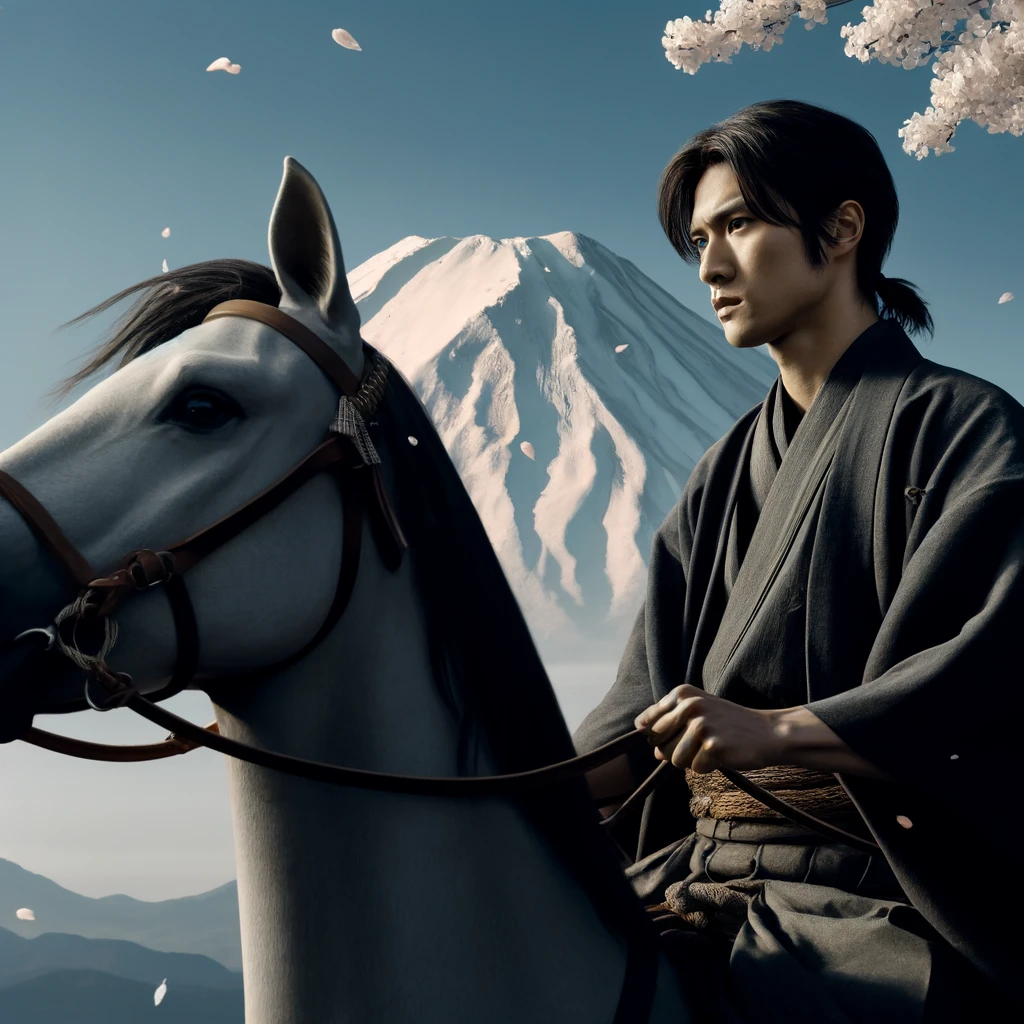
Prince Shōtoku is also known as the first person to climb Mount Fuji in Japan. Unlike typical mountain climbing, this story is rich in supernatural elements.
According to one legend, Prince Shōtoku rode a horse and flew from the capital in Nara to Mount Fuji. This story, known as the “Legend of Kurokoma of Kai,” depicts Prince Shōtoku flying through the sky, and various places across the country have preserved paintings illustrating this scene. According to the legend, Prince Shōtoku landed on the eighth station of Mount Fuji, which is called “Komagatake.”
It is said that at the eighth station of Mount Fuji, there is a mountain hut called “Taishikan,” where Prince Shōtoku rested during his climb. This location, named in honor of Prince Shōtoku, reflects the enduring influence of the legend associated with his ascent of Mount Fuji.
Predicting the Arrival of the Black Ships
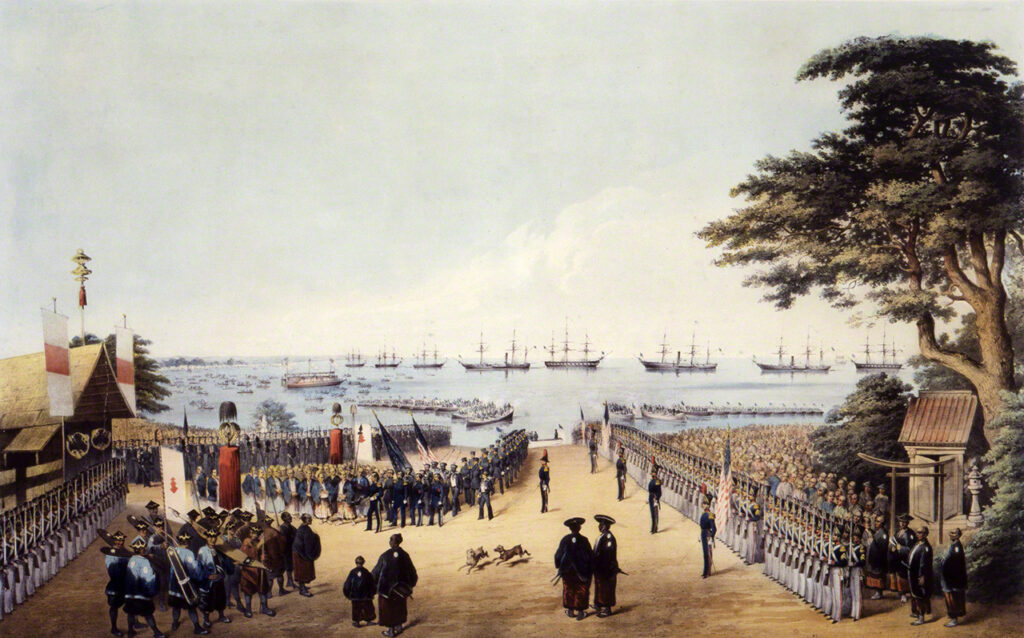
Prince Shōtoku is also famous for his posthumous prophecies that came true. He predicted the relocation of the capital to Kyoto, the Jōkyū War and the defeat of the imperial court, and the rise of the samurai government, all of which were accurate. Furthermore, he left a prophecy saying, “In a thousand years, a black dragon will come, and the capital will be moved to the east.” This prophecy came true approximately 700 years later with the arrival of the Black Ships and the relocation of the capital from Kyoto to Tokyo.
But it doesn’t end there. He also left a prophecy stating, “Around 2052, 200 years after the arrival of the Black Ships, a black demon that controls the mind will come and divide the capital into seven.” The year 2052 has not yet arrived. There are rumors that this black demon might be volcanic ash from an eruption of Mount Fuji. Given the accuracy of his previous prophecies, there is a high possibility that something significant might happen in the capital, Tokyo, around 2052, causing tension.
Even His Beloved Dog Was Remarkable

In ancient Japanese history, Prince Shōtoku is known for many great achievements, but the stories about his beloved dog, Yukimaru, are also quite fascinating. Yukimaru was known for his intelligence and unique abilities, and his special relationship with Prince Shōtoku has been passed down through generations.
Yukimaru was not just any dog; it is said that he could understand human speech and converse with Prince Shōtoku. This trait elevated him beyond a mere pet, highlighting the deep bond between them. Yukimaru’s intelligence and sensitivity suggest that he was more than just an animal, but a kind of spiritual companion.
The story of Yukimaru has even more astonishing elements. It is said that he deeply revered Bodhidharma, who established the foundations of Zen Buddhism in China, and wished to be buried at Darumaji Temple after his death. This wish was fulfilled, and Yukimaru’s grave is believed to be Tomb No. 1 at Darumaji Temple. Additionally, a statue of Yukimaru is enshrined to the southwest of the main hall, conveying his story to visitors.
Loved Hot Springs
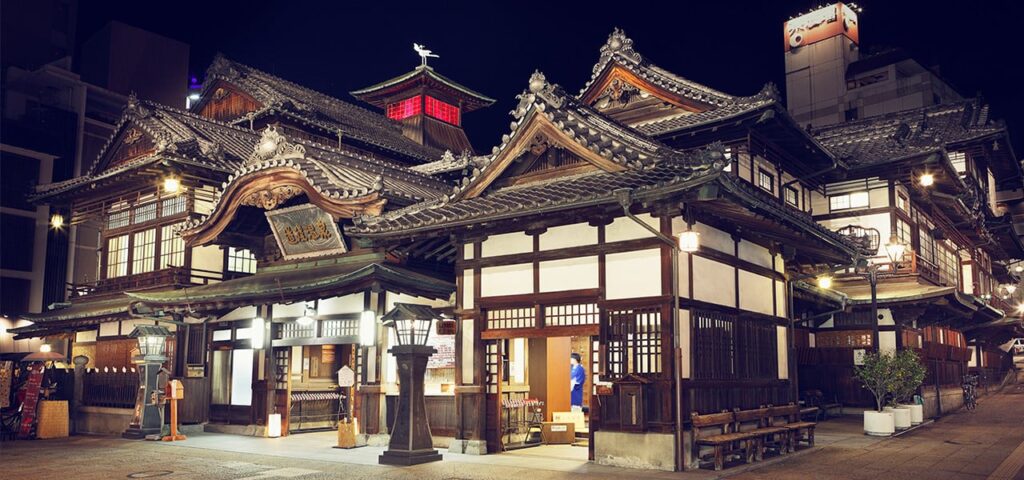
Japanese people have loved hot springs since ancient times, and it seems that Prince Shōtoku was no exception. His fondness for hot springs is well-documented in many records. Particularly, it is recorded that he visited Dōgo Onsen, a famous hot spring in the Shikoku region (present-day Matsuyama City, Ehime Prefecture), and praised its excellence.
Cause of Death of Prince Shōtoku
Despite his numerous achievements, it is said that Prince Shōtoku died of smallpox in 622 at the age of 48. The details of his final days are recorded in the inscription on the back of the Shaka Triad statue at Hōryū-ji Temple. Prince Shōtoku’s mother, Princess Anahobe no Hashihito, died in December of the 29th year of Empress Suiko’s reign (621). Following this, Prince Shōtoku fell ill on the 22nd day of the first month of the 30th year (622), and his consort, Bokiji no Kimi, also fell ill. The consort passed away on the 21st of February, and Prince Shōtoku died the following day on the 22nd of February. The consecutive deaths of his relatives and his consort, followed by his own death the next day, suggest that it might have been an infectious disease such as smallpox.
However, some find it unnatural for him to die the next day, leading to whispers of an assassination. The candidates for his assassination include his political rival Soga no Umako and Soga no Umako’s daughter, Tojiko no Iratsume. It is said that Soga no Umako sought revenge against Prince Shōtoku for pushing him into the shadows politically, while Tojiko no Iratsume, one of Prince Shōtoku’s four wives, may have acted out of jealousy. However, these theories are speculative, and smallpox remains the most likely cause of his death.
Conclusion
What do you think? This time, we introduced the legendary episodes and the mysterious cause of death of Prince Shōtoku. When studying Japanese history, Prince Shōtoku is a figure you will undoubtedly come across. Beyond his political achievements, his ability to listen to ten people simultaneously and his ascent of Mount Fuji are among the many episodes associated with him. While there may be some fictional elements, it would be fascinating to time travel and see what kind of person he really was!
Our site also introduces other interesting aspects of Japanese history and culture. If you’re interested, please read our other articles as well!



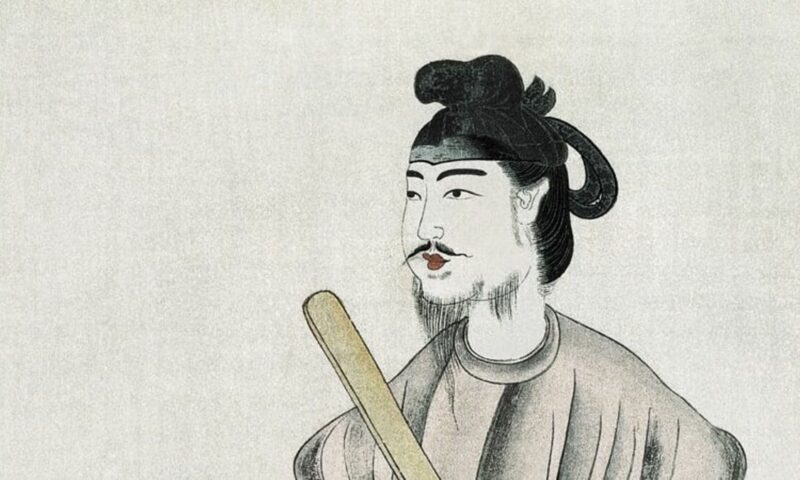
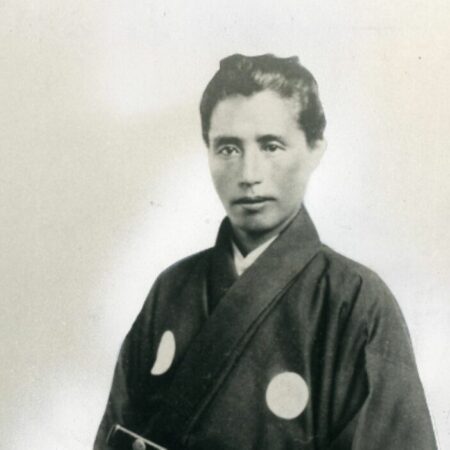
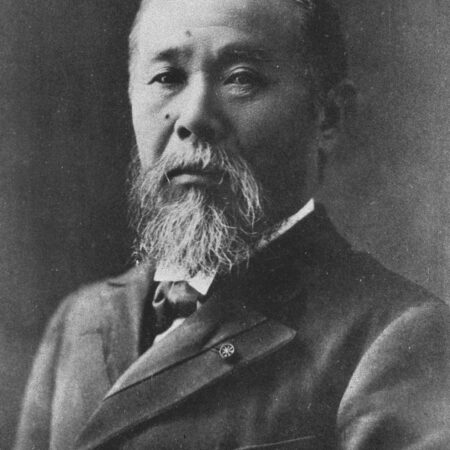
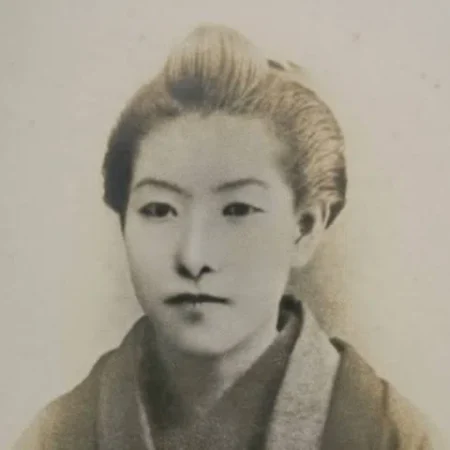
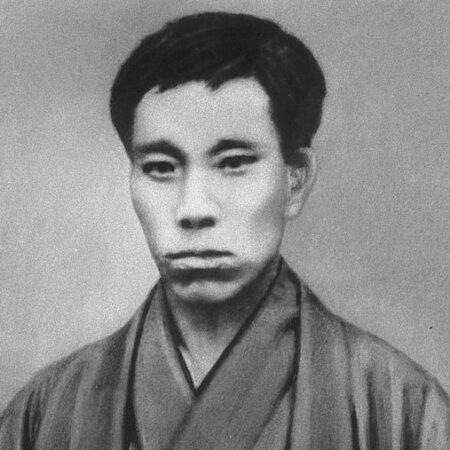
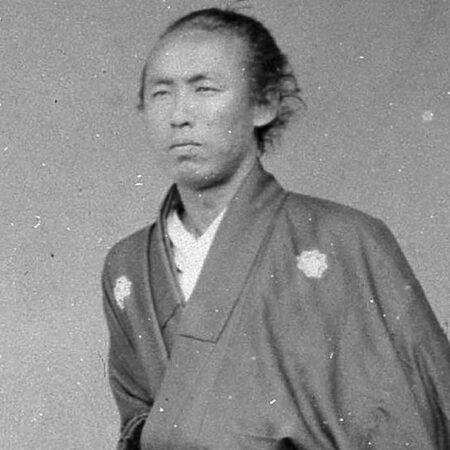
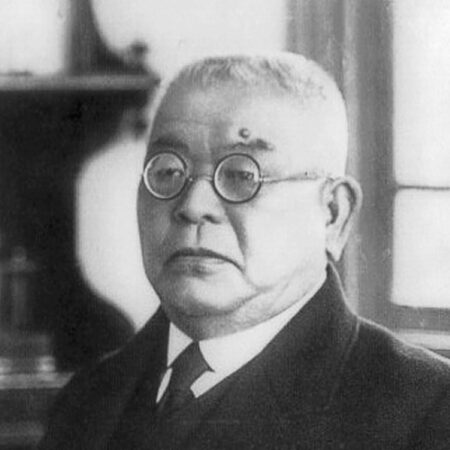
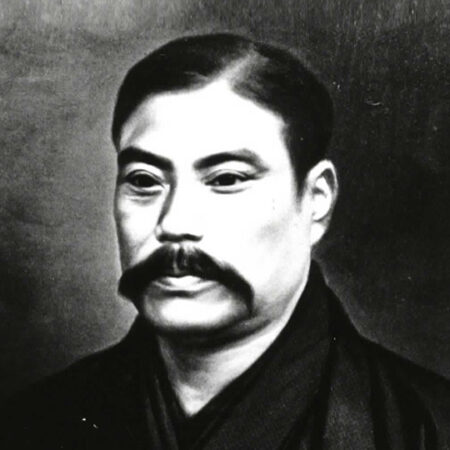
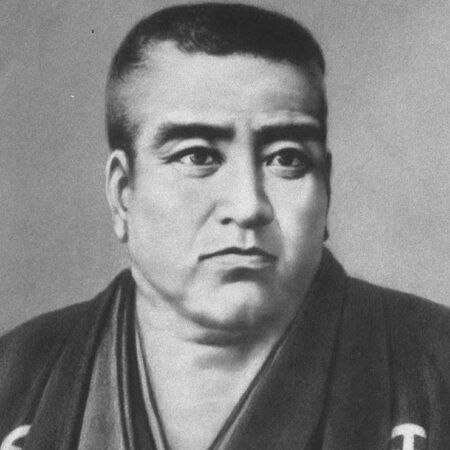



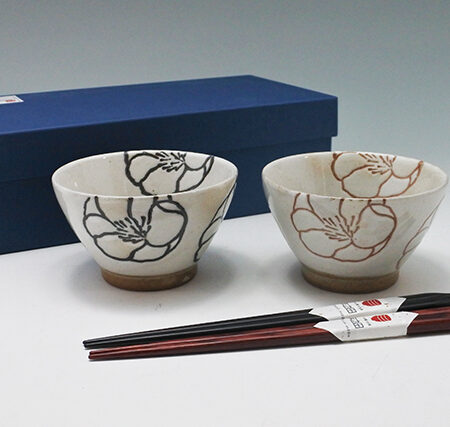
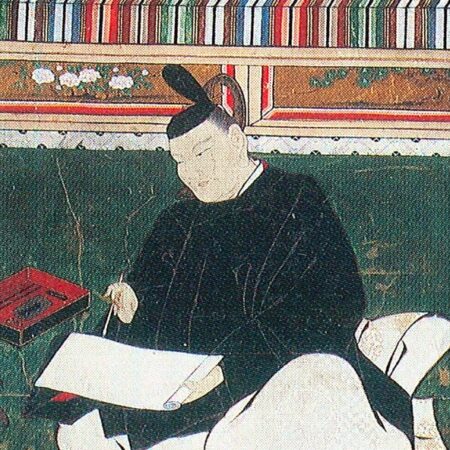
コメント